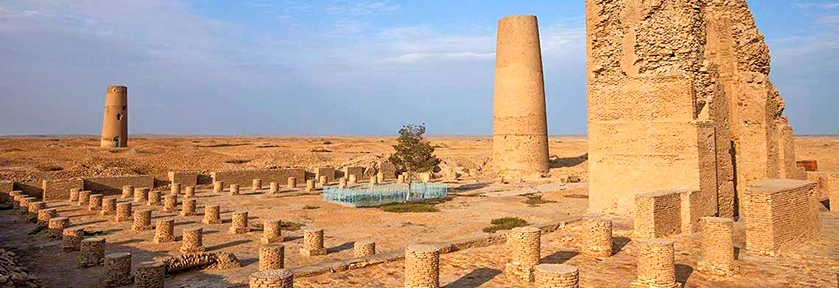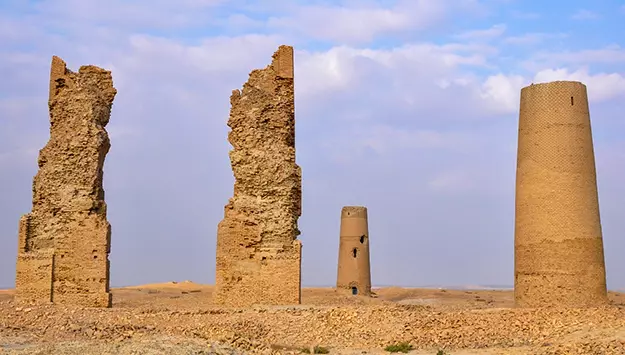Amidst the boundless expanses of the Turkmen desert, the mysterious city of Dehistan hides, a precious pearl of history. Its intriguing features and long-held secrets attract travelers to embark on a captivating journey into the past.
In ancient times, Dehistan held administrative and spiritual significance in the province. This province encompassed numerous fortified cities and cozy villages, located in both populated and remote areas.
Dehistan was part of Greater Khwarezm
Here began the long and intensive irrigated agriculture, dating back to around 2000 BCE, continuing until the 16th century. Dehistan was part of Greater Khwarezm in the 1st millennium BCE, then became part of the Achaemenid Persian Empire. It survived significant historical events, including the invasion of Alexander the Great and flourishing during the Parthian era.
The ruling Arsacid dynasty of the Parthian Empire, competing with Rome, possibly gave the region its name. Another theory associates "Dehistan" with the Persian word "deh" - "village."
During the Arab invasion, Dehistan's residents resisted but were eventually captured. The city became a military fortress under the name of ar-Rabat, and the area became known as Jurjan.
In the 11th and early 12th centuries, Dehistan thrived under the rule of the Great Seljuks. Magnificent structures made of fired bricks were constructed here, remnants of which have survived to this day. Various crafts prospered, as evidenced by archaeological findings, including elaborately glazed ceramics.
After the fall of the Seljuk Empire, Dehistan became part of the Khwarazmshah state, with its capital in Gurganj (Kunya-Urgench). This marked the city's final historical stage. Splendid monuments endured. The region declined due to new trade routes and the destruction of the dam on the Atrek River, affecting oasis irrigation.
Dehistan held a significant place on the trade route between the Caspian Sea and the Kopetdag Mountain. The city drew attention not only with its defensive structures but also with the presence of caravanserais, crucial stopping points for caravans. The architecture of the caravanserais in Dehistan was known for its symmetry and clever planning. The caravanserais included inner courtyards, guest rooms, and storage areas. This efficiently met the caravans' needs during their journeys.
Dehistan invites tourists on a fascinating journey into the past
Dehistan invites tourists to embark on a captivating journey into the past, where every stone holds its secret, and every corner reminds of the grandeur of ancient civilization. Architectural wonders, narrow streets, and paved squares reflect the efforts invested in creating this city. Climbing the fortress walls allows one to sense the spirit of the time and see the world through the eyes of those who lived here centuries ago. Discover the world of Dehistan - a world of mysteries, art, and history, waiting for you with open arms.


